Nearly 70% of the world population lives in urban areas and nearly 75% of economic activity is located therein. Urban areas concentrate not only wealth but also extreme poverty and environmental degradation. Despite the significant progress in urbanization, still a billion people live in the slums of urban areas. Thus the issue of urban transitions to sustainability is a major challenge. In Europe, the 2007 Leipzig Charter puts “sustainable cities” on top of the agenda for sustainability. Two years later, the situation report of the European Commission on the European Union Sustainable Development Strategy considered the issue of “sustainable cities” to be crucial. But what cities are we speaking about?
In the minds of many people, sustainable urbanization is identified with the historical model of European cities, with their dense center and their suburbs. Thus, “compact cities” are often perceived as the universal model of urban transition to sustainability.
I’d like to ask two very simple questions, however incongruous they might seem: Is it feasible? Is it desirable?
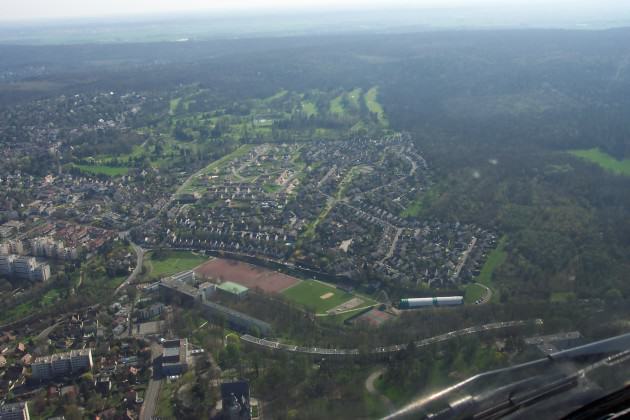
For over half a century, whatever huge efforts were made by public authorities wherever in the world to limit urban sprawl, they failed miserably. Sprawl has become the usual mode of production of the contemporary city, whatever its size, institutional and administrative configuration or its policy choices. Even “shrinking cities” and those facing decline and abandonment, have to deal with fragmentation and urban sprawl.
In the compact city, sustainability generally means making a better use of what is already there, by recycling their urban fabric and their urban functions without going through phases of obsolescence and degraded neighborhoods, and without squandering soils, as mentioned by Mark Whitehead (and see Note 1 at the bottom). This is all well and good but there are other aspects of urban sustainability, which cannot be treated within the limits of the compact city. For example, any city — be it sustainable or not — has to provide water and energy to its inhabitants while reducing pollution and processing all the urban waste produced. To put it simply: it as a matter of urban metabolism. And yes, beyond all the technical solutions to make this metabolism more sustainable — smart grids, water and electricity networks, intelligent buildings, etc. — the energy, the resources, the water, the food still come from outside the compact city limits. The sewage plants and garbage dumps are also outside. And, you know what, even a large number of people working in the city live outside, when they cannot afford to live anymore in the expensive — and sometimes gentrified — compact city. When a place looks sustainable by giving to other places the burden of its transition to sustainability — exporting pollution and undesired products (waste and nuisances) or polluting activities, siphoning their resources — this place is not really sustainable. It benefits from what David Pearce (Note 2) calls imported sustainability. Imported sustainability is a major bias against the implementation of sustainability policies.
It is still unclear, for example, how local energy flows in buildings aggregate to define the larger-scale energy performance of the agglomeration. Conversely, urban heat islands are very dependent of the land cover and the structure of the neighboring natural and agricultural areas, and not only of the topography, the urban fabric or the climate (Note 3). But one thing is certain: to avoid imported sustainability, urban policies should be conceived and implemented at three complementary scales. First is the scale of the neighborhood. At this level the physical impact of urban projects, even if they are conceived at the agglomeration level, is maximal. The scale of the agglomeration is the second one, which plays a strategic role in producing sustainable urbanization. At this scale the coordination between multiple actors producing policies is crucial. Finally, there is the scale of the hinterland with the adjacent agricultural and natural areas, which reflects the agglomeration environmental footprint. It is defined to include most of the fluxes of the urban metabolism (Note 4).
Thus, on the one side effective sustainability urban policies should be conceived across areas large enough to avoid the imported sustainability bias, and on the other side it has proved impossible to prevent urban sprawl with the classical urban regulation tools. It is time to start thinking differently. No, high urban density and compact city are not the be all and end all of transition to sustainability. No, it is not possible to address urban sustainability issues by considering only urbanized areas and urban centers. Yes, it is crucial to design sustainability across or integrating areas large enough to include most of the fluxes of the urban metabolism, which means areas encompassing suburban, periurban and dependent rural, or natural places.

There is a debate going on over whether there is a need for a stand-alone sustainable urbanization goal within the SDG or not. The main argument against is that urban sustainability is a cross-cutting theme —giving it the status of a main development goal means taking the risk of shifting the focus away from issues such as poverty and exclusion. But, how should I put this: It looks like the defenders of this position don’t live in the same planet I do. Over one billion people live in slums in the developing countries, and the number continues to grow, and these slums are de facto urban areas, as Thomas Elmqvist pointed out in a previous TNOC post. In so-called developed countries, social exclusion and extreme poverty is usually associated with social housing complexes, or run-down urban areas. Besides, our future world will be predominantly urban. It means that urban areas are humanity’s best places to act, for example against climate change, promote social innovation, and bring people out of poverty. That is, provided that policies don’t address the cities only, but also include the periurban and rural neighborhood or context. In this sense, we surely need an urban sustainability development goal.
As a matter of fact, why on earth are we supposed to set up a false dichotomy between urban and rural areas? What about Giorgio Piccinato’s Città Diffusa? Indeed, the social, economic, scientific, technical and cultural transformations of the last few decades have produced deep changes in how society relates to space. Today, urban areas have either no boundaries or very fuzzy ones. Given that lifestyle, facilities and amenities are not so different between urban and rural areas, is it still worth separating them with an imaginary border?
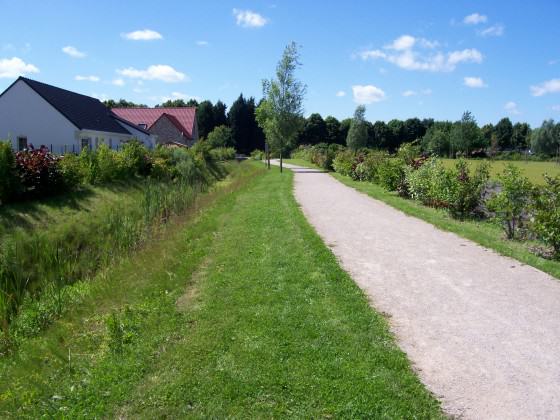
Such a perspective compels us to cast a fresh eye on what is going on with the periurbanization, one eye without prejudice, which does not consider from the start only the negative aspects of periurbanization. Naturally periurbanization often goes with urban sprawl, and urban sprawl has many pernicious effects. It goes without saying that urban sprawl is unsustainable for at least three reasons: the development of estates and the phenomena of urban segregation all conspire to degrade the quality of life with ever-longer commuter travel, accessibility problems; the cost of connection to public service networks is much higher than in urban centers; urban sprawl leads to an exponential waste of land, not only because urban density is low but also because many cumbersome transport infrastructures need to be built — accessibility for one periurban housing unit costs much more surface than one housing unit in a denser area.
It must be accepted nevertheless that periurbanization does have its advantages. It reduces the concentration of nuisances and pollution, and lowers the density of urban centers that are sometimes on the brink of congestion. Besides, it is geographically impossible for everyone to live downtown. There is the idealization of a quasi-urban life in the countryside, which, even if completely illusory, is a myth that fuels the desire for periurban housing. All the more so as the economic aspect — the possibility for a household to get more square feet and a small garden investing the same amount of money — reinforces the myth. And well, eventually, it is not possible to impose a residential choice when this choice contradicts the deep motivations of a population; this is the reason why all the policies developed to contain urban sprawl have failed.
Thus, to foster urban transition to sustainability the solution is not to oppose urban sprawl but to guide it. After all, low-density urbanization was rather the rule than exception for centuries all around the world — in villages and hamlets small communities have had a very dynamic social and cultural life. Besides, climate policies introduce new arguments for low-density urbanizations. Green, low density neighborhoods planted with trees with a high water loss coefficient can lower locally the temperature (10% of vegetation increase lowers the temperature as much as 1°C within a 100 meters radius). In low density areas there higher square-foot of roof per household than in high-density areas. Thus, generalized photovoltaic roofs can be a significant source of clean energy and so on. More generally, periurban areas are wonderful places to examine how to integrate science, technology and societies. In particular, how do inhabitants change, or not, their usage of cities after urban transformations due to new combinations of techniques (grids, eco-constructions, etc.), scientific knowledge and political decisions? Such places oblige us to think new forms of living that may result in the transition towards sustainability — forms in which the improvement of environmental conditions stricto sensu (water quality, air, biodiversity, prudent use of resources, land and energy, etc.) will lead to improved living conditions; one in which technical devices and ecological processes — included in areas large enough to take into account imported sustainability— will lead to new lifestyles.
Let there be no mistake about it — addressing sustainability on areas large enough to prevent imported sustainability, also means recognizing and promoting the diversity of paths that lead to sustainable cities. Despite differences in history, type of development, size and heritage, cities and urban regions still have an unexplored potential in adaptability.
François Mancebo
Paris
1 — Whitehead M., 2003, “(Re)analysing the Sustainable City : Nature, Urbanisation and the Regulation of Socio-environmental Relations in the UK“, Urban Studies, vol. 40, n° 7, pp. 1183-1206.
2 — Pearce D., Markandya A., Barbier E. B., 1989, Blueprint for a Green Economy, Earthscan Publication.
3 — Alberti M., 2009, Advances in Urban Ecology: Integrating Humans and Ecological Processes in Urban Ecosystems, Springer
4 — Billen G., Barles S., Chatzimpiros P., Garnier J., 2012, “Grain, meat and vegetables to feed Paris: where did and do they come from? Localizing Paris food supply areas from the eighteenth to the twenty-first century,” Regional Environmental Change 12: 325–335 Springer.


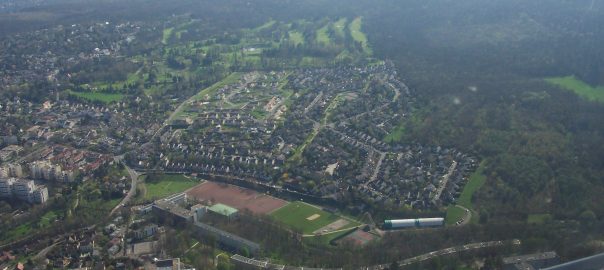
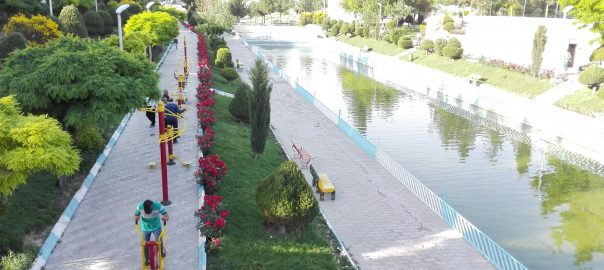

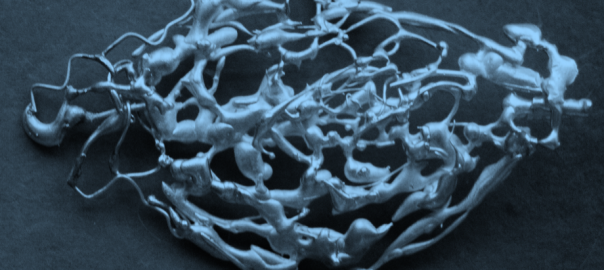

Leave a Reply